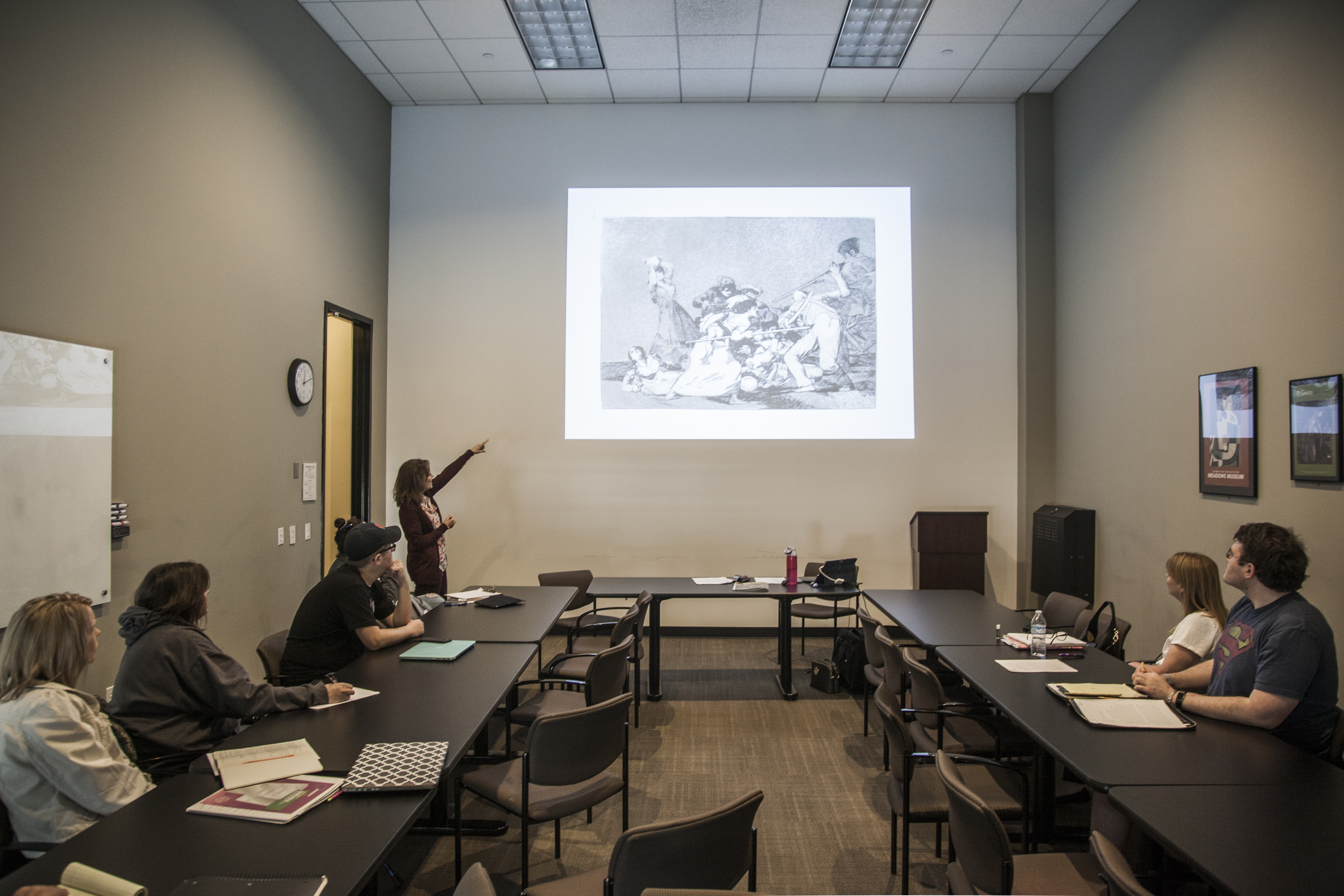Classical Language
-
Latin
-
Classical Greek

Second-language learning is a multi-faceted intellectual endeavor that promotes enhanced written skills, improves linguistic comprehension in both the native and target language and fosters cross-cultural communication and understanding across distances and more than 2,500 years of history. A second-language study has direct cognitive benefits in domains outside of communication; research has shown that learning a second language improves cognitive function, problem-solving, memory, and creativity. Students analyze diverse perspectives on identity and improve their pattern recognition faculties, making them more adaptable to changing world challenges.
Select from among the 11 classical and modern language offered at SMU!
Latin
Classical Greek
American Sign
Arabic
Chinese
French
German
Italian
Japanese
Russian
Spanish
Communication - Students will demonstrate an ability to discern meaning in the target language in familiar contexts.
Culture - Students will demonstrate cultural competence in the target culture.
SMU students fulfill the Second Language Requirement by demonstrating Intermediate Proficiency in reading, writing, speaking, and understanding a second language. Students can achieve this in the following ways:
2 SEMESTERS- 1401 & 1402
Students can start a new language they have no prior experience in and successfully complete the first semester level (1401) and second semester level (1402) of a language at SMU.
COMPLETION OF 1502/1402 OR ABOVE
Students can take the SMU placement exam if they have prior experience in a language. Those who place into and successfully complete a second semester level (or above) will satisfy their Second Language Requirement with that one course.
$195 FEE, SCORE OF INTERMEDIATE-MID OR ABOVE REQUIRED
For languages taught at SMU, students who place into 4th semester on the placement exam can take the SMU designated proficiency test.
For languages not taught at SMU, students can take the ACTFL OPI exam. Information: www.SMU.edu/OPI
EXAM MUST BE TAKEN PRIOR TO MATRICULATION AT SMU
FOR INTERNATIONAL STUDENTS
International Students from a non-English-dominant country can provide high school transcripts from a non-English-medium high school.
MUST HAVE PRIOR APPROVAL FROM WLL DEPARTMENT
Students can petition to take their language coursework at another accredited four-year institution. The petition must be submitted and approved in advance.
Students will:
Communication
Culture
Courses in this category:
Students will:
Communication
Culture
Courses in this category: